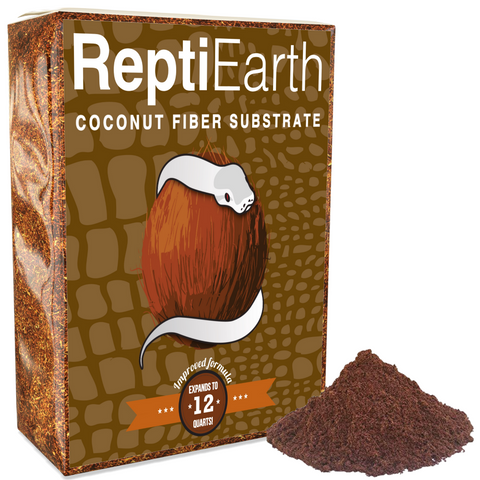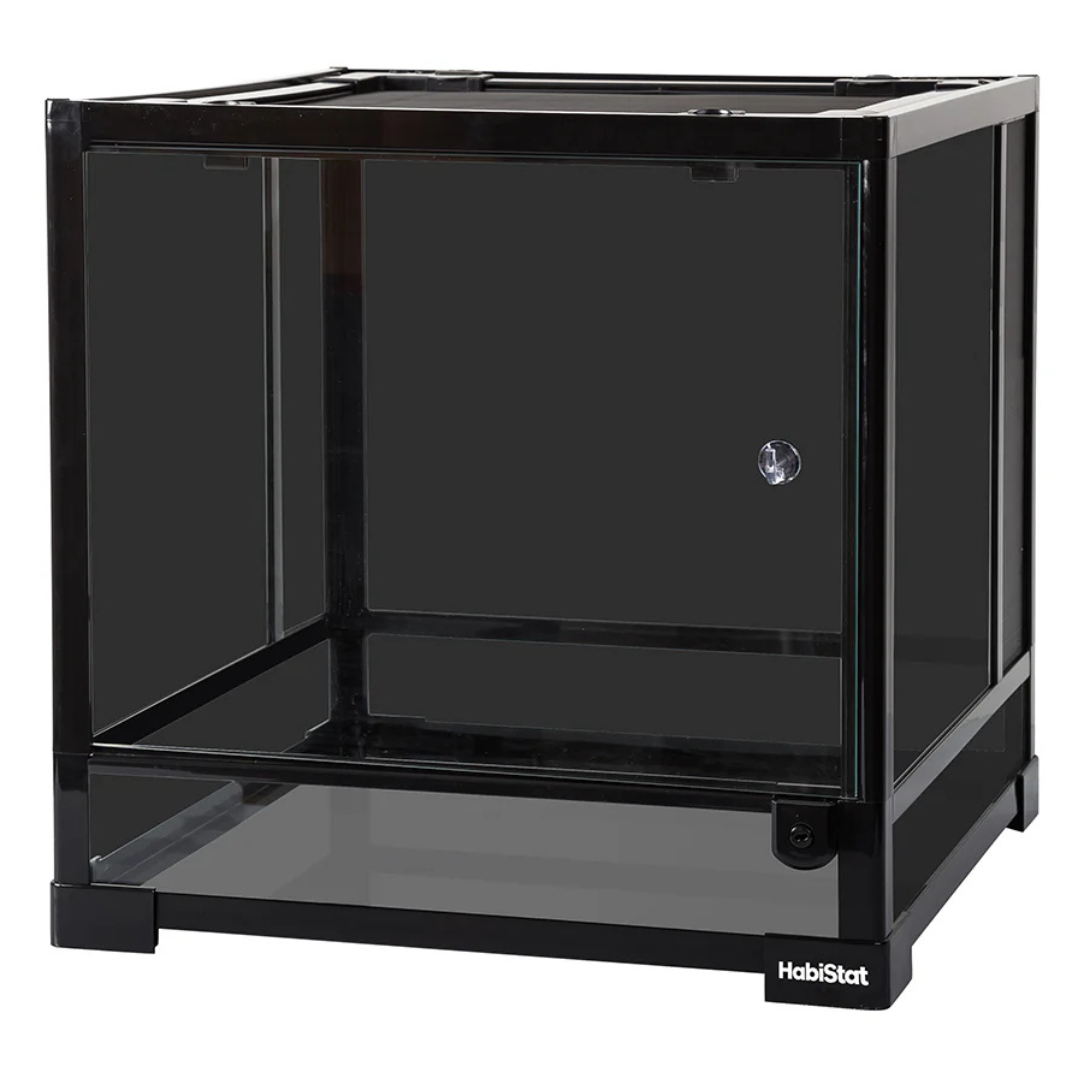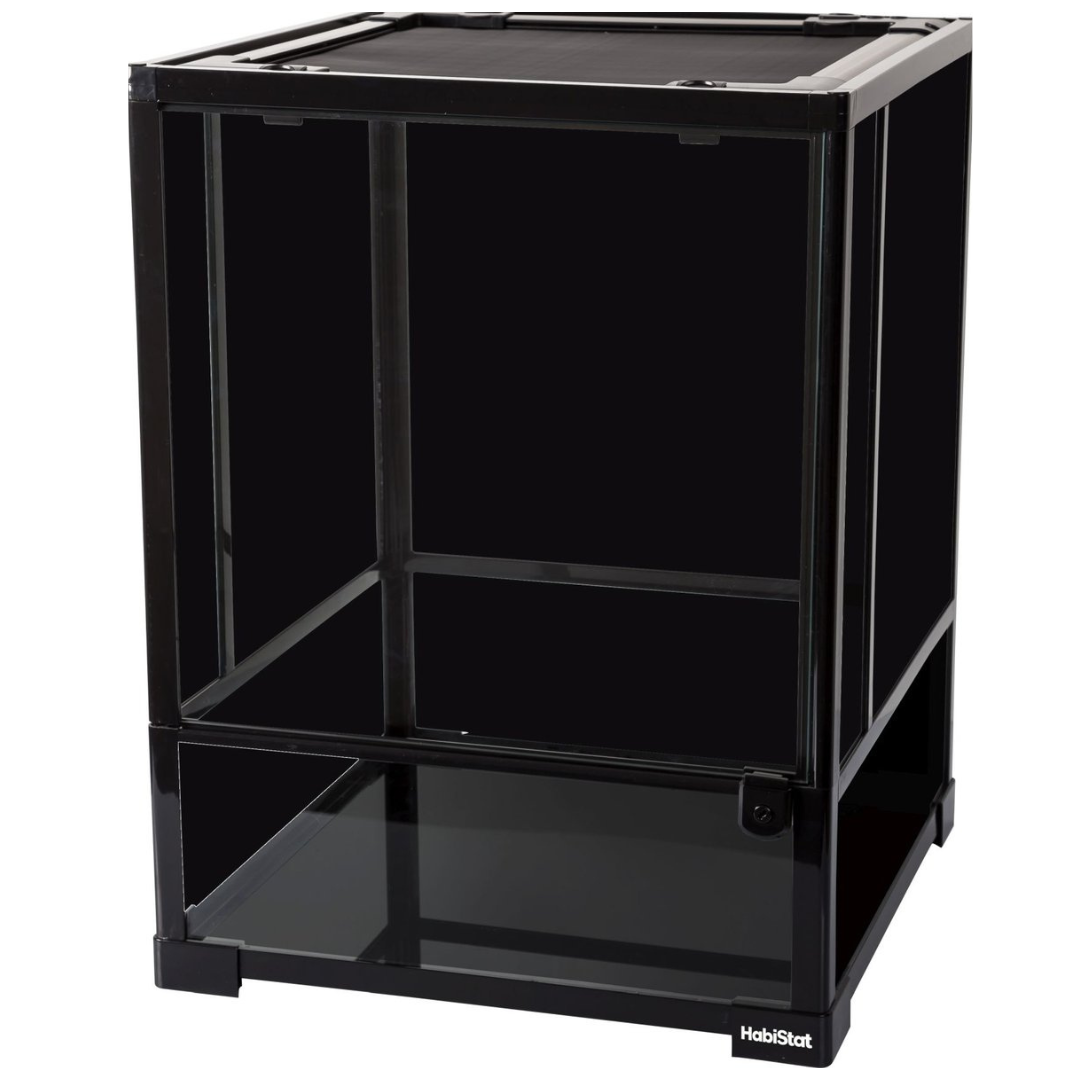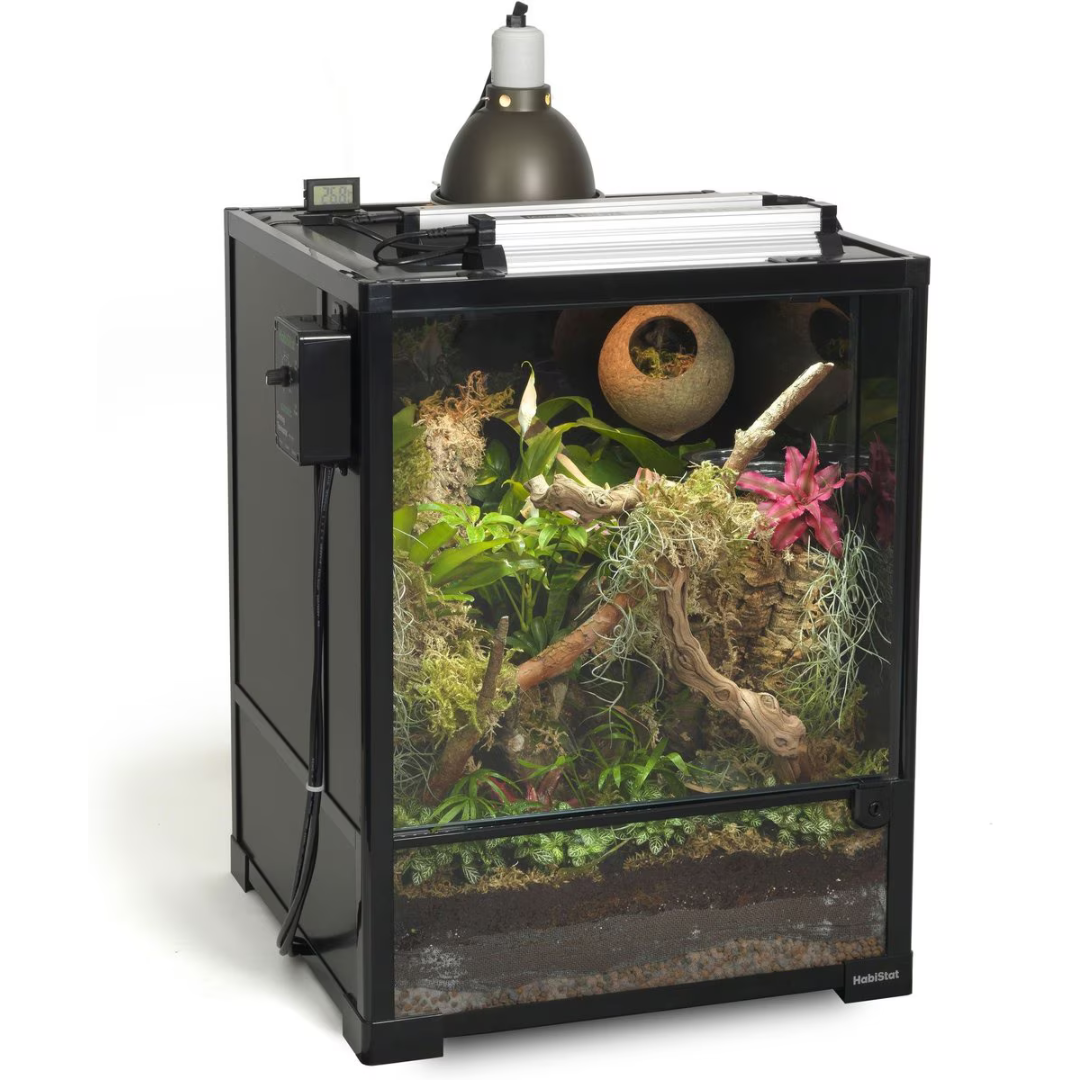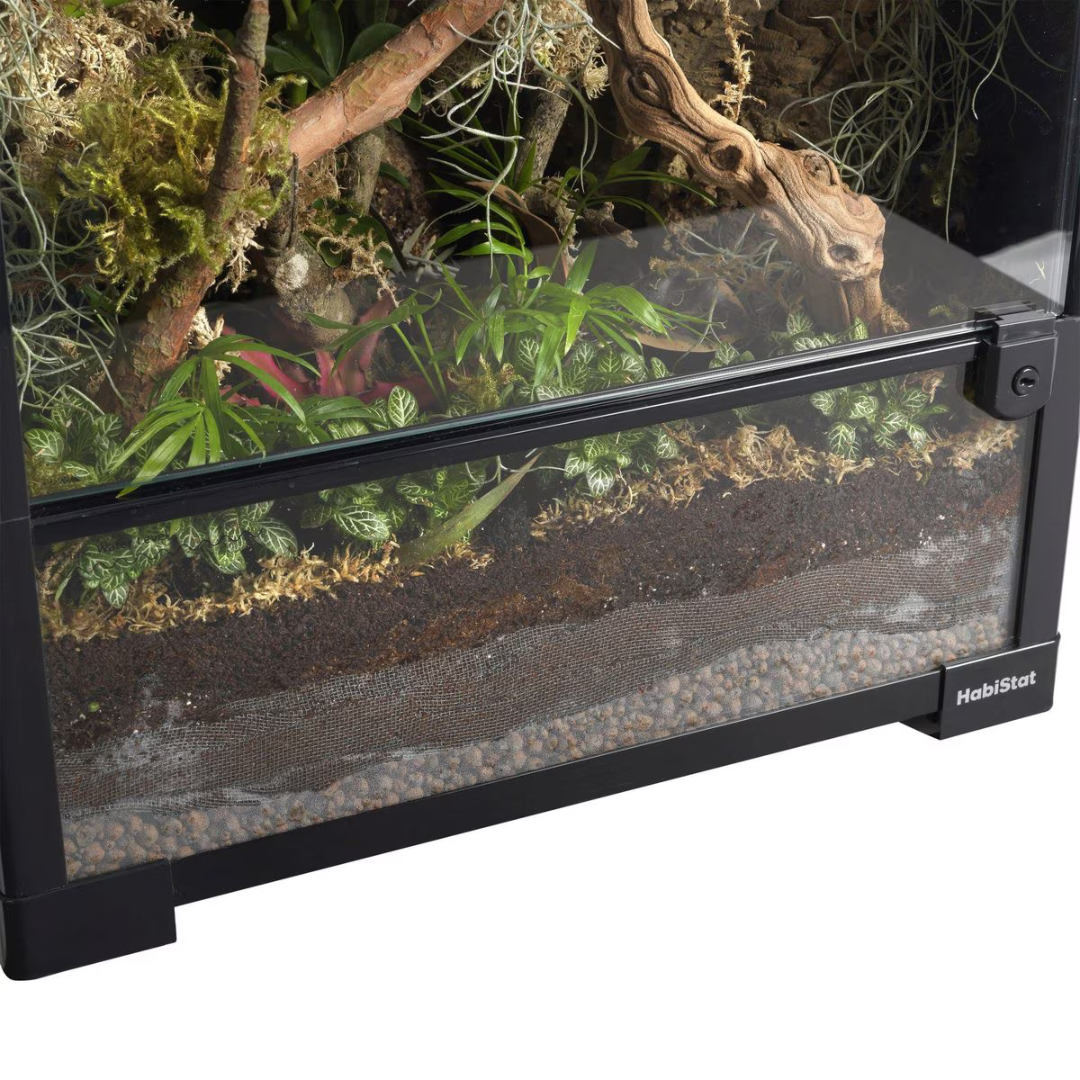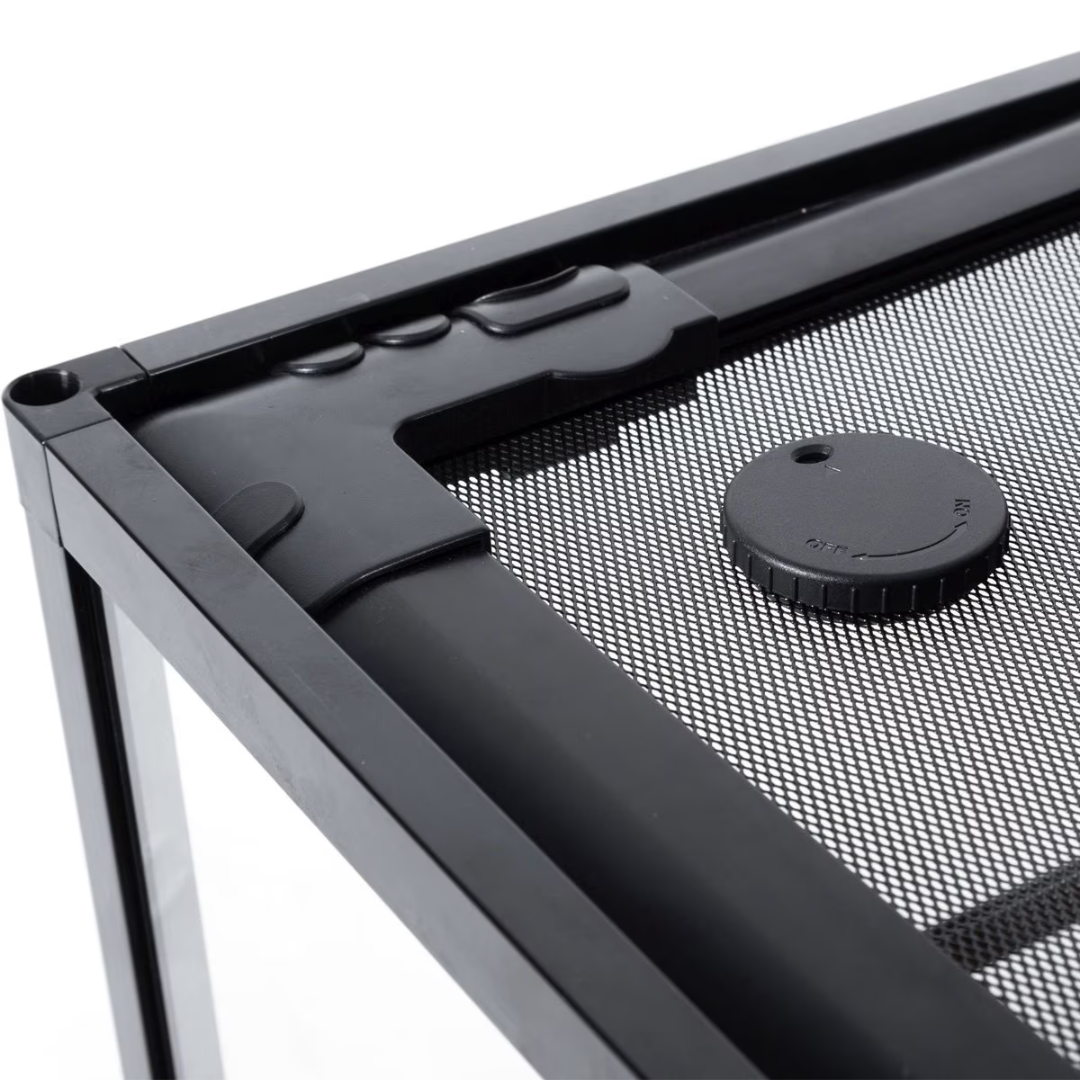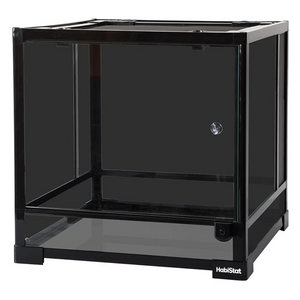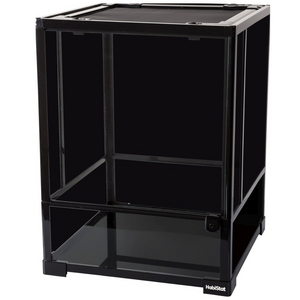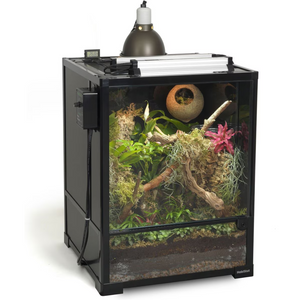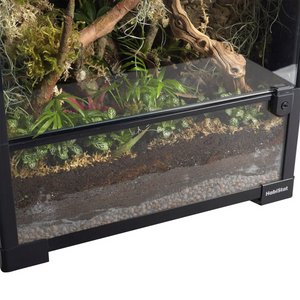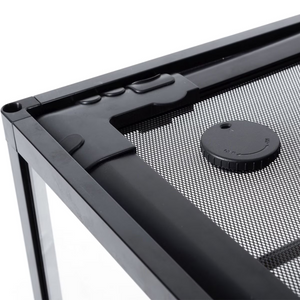Natural History
The red-eyed tree frog undergoes a fascinating life cycle that begins as an egg laid on the underside of a leaf overhanging a body of water. Females deposit clusters of around 20 to 50 eggs, which develop over the course of approximately six days. The embryos are capable of accelerating their hatching in response to environmental threats, such as predation or dehydration, demonstrating a remarkable adaptation for survival. Once hatched, tadpoles drop into the water below, where they undergo metamorphosis over the next several weeks. During this period, they develop limbs, absorb their tails, and transition from fully aquatic larvae into small, air-breathing froglets. They climb into the canopy shortly after leaving the water, and over the next one to two years, they reach full maturity. In the wild, their average lifespan is around five years, though in captivity, they can live up to ten years with optimal care. Maturity is reached between one and two years of age, at which point they begin reproducing, often congregating at breeding sites during the rainy season.
Red-eyed tree frogs exhibit distinctive behaviors tied to their arboreal lifestyle. Nocturnal by nature, they remain inactive during the day, clinging to broad leaves with their specialized toe pads. At night, they emerge to forage, hunting a diet primarily composed of insects such as crickets, moths, and flies. They employ a sit-and-wait strategy, carefully selecting perches where prey is likely to pass, then striking with their rapid, sticky tongues. These frogs are generally solitary, though they may gather in large numbers during the breeding season. Males establish territories and vocalize to attract females, producing a distinctive croaking call. In conflicts with rival males, they engage in physical wrestling matches to assert dominance. Their vibrant coloration serves as a defense mechanism known as startle coloration—when disturbed, they abruptly open their large red eyes and splay their bright blue and orange limbs to momentarily confuse predators, allowing them time to escape. When threatened further, they may also tuck in their limbs and close their eyes, blending seamlessly with surrounding foliage.
As an important component of their ecosystem, red-eyed tree frogs serve a crucial role in maintaining ecological balance. As insectivores, they help regulate populations of various arthropods, controlling numbers of potential pest species. In turn, they form part of the diet for numerous predators, including snakes, birds, and larger amphibians. Their presence in tropical forests also contributes to nutrient cycling, as their waste products enrich the soil, supporting plant life. The species relies on moisture-rich environments for survival, making them sensitive to habitat degradation and climate fluctuations. Deforestation and pollution threaten their populations, making them valuable bioindicators—organisms that signal changes in environmental health. The adaptations that allow them to thrive in their humid, arboreal habitat, including their adhesive toe pads and water-resistant skin, highlight the evolutionary specialization that enables their survival in the dynamic rainforest ecosystem.
Conservation Status
The Red-Eyed Tree Frog is currently classified as *Least Concern* on the IUCN Red List. This designation indicates that the species, while facing certain threats, is not presently at significant risk of extinction. The population remains relatively stable across its native range, which extends from southern Mexico through Central America and into parts of northern South America. Although some localized declines have been observed, the species maintains a broad distribution in tropical rainforests, particularly in lowland and foothill regions near bodies of freshwater. As a result, it has not yet reached the threshold for a more severe conservation status. However, ongoing threats warrant close monitoring to ensure long-term population stability.
The primary threats to the continued survival of the Red-Eyed Tree Frog stem from habitat destruction. Widespread deforestation caused by logging, agriculture, and urban expansion is rapidly reducing the species’ natural habitat. Because these frogs depend on moist, tropical environments with access to standing water for breeding, the loss of forested areas leads to population fragmentation and local declines. Climate change also poses a growing risk, as shifting temperatures and changes in precipitation patterns can disrupt breeding cycles, reduce suitable habitat availability, and alter the delicate ecological balance of rainforest ecosystems. Additionally, pollution from pesticides and chemical runoff affects the quality of breeding ponds, potentially causing developmental defects and declining reproductive success. While poaching for the pet trade has been documented, it does not currently pose as significant a threat as habitat destruction. However, overcollection in some regions could put additional pressure on wild populations if not carefully regulated.
Despite these threats, numerous conservation efforts are in place to protect the Red-Eyed Tree Frog and its habitat. Many populations reside in protected areas, such as national parks and wildlife reserves, where deforestation and land development are restricted. Conservation organizations work to preserve remaining rainforest habitats and promote sustainable land-use practices to minimize the impact of human activity on amphibian populations. Ecotourism also plays a role in conservation by providing economic incentives for local communities to protect rather than exploit these frogs’ natural habitat. While there are no large-scale captive breeding and reintroduction programs specifically for this species, their presence in conservation-focused breeding collections helps maintain genetic diversity and serves as an educational tool to raise awareness about amphibian conservation. Continued protection of key rainforest habitats, combined with efforts to mitigate climate change and reduce environmental pollution, will be essential in ensuring the long-term survival of this iconic tree frog.
Native Range
The red-eyed tree frog is native to the tropical rainforests of Central America, with its range extending from southern Mexico through Belize, Guatemala, Honduras, Nicaragua, Costa Rica, and Panama. This species thrives in lowland and mid-elevation rainforests but is most commonly found in humid, densely vegetated environments near freshwater sources. It has a relatively broad range throughout this biogeographic region, though its presence is closely tied to areas with consistent moisture, warm temperatures, and abundant canopy cover. This dependence on specific environmental conditions makes red-eyed tree frog populations somewhat sensitive to habitat degradation caused by deforestation, agriculture, and climate change.
This species primarily inhabits lowland tropical forests, typically below elevations of 3,300 feet, though it can occasionally be found in foothill forests at slightly higher altitudes. It prefers regions with high humidity and significant seasonal rainfall, such as those influenced by monsoonal weather patterns. The climate in its native range is characterized by warm, stable temperatures throughout the year, generally ranging between 75 and 85°F, with occasional fluctuations depending on elevation and forest density. The annual precipitation in these environments is high, often exceeding 80 inches per year, with distinct wet and dry seasons. The wet season, which typically lasts from May to November, provides the ideal conditions for breeding, as temporary pools and flooded areas become available for egg deposition and tadpole development. During the drier months, the species relies on residual moisture in the understory and the enduring humidity provided by the dense vegetation.
Within its tropical rainforest habitat, the red-eyed tree frog is highly arboreal, spending the majority of its life concealed among the broad leaves of trees and shrubs. It is commonly found in microhabitats that provide both cover and access to moisture, such as the undersides of large leaves, the crotches of branches, and dense foliage near slow-moving bodies of water. These microhabitats offer protection from dehydration and predation while maintaining the stable, humid conditions necessary for its survival. Since it is a nocturnal species, it remains inactive during daylight hours, relying on the shade and moisture of the forest canopy to avoid overheating and desiccation. At night, it becomes more active, using its specialized toe pads to navigate through the trees in search of food and suitable breeding sites.
Access to freshwater sources is critically important for this species, as breeding and larval development are tied to ponds, lagoons, and other temporary or permanent standing water bodies found within the rainforest. The presence of dense vegetation near these water sources provides both shelter and an abundant supply of insects, which make up the bulk of its diet. The dense forest canopy also plays a key role in maintaining stable humidity levels by trapping moisture and minimizing direct sunlight exposure. Areas with high epiphytic plant growth, such as bromeliads and mosses, further contribute to microhabitat stability by retaining water and creating additional refuges.
The red-eyed tree frog’s habitat faces ongoing threats from deforestation, agricultural expansion, and climate change, which can lead to reduced humidity levels and the loss of critical breeding sites. However, in well-preserved rainforest environments with abundant vegetation, consistent moisture, and an intact canopy, this species can thrive, demonstrating its remarkable adaptations to life in one of the most diverse ecosystems on Earth.
Behavior
Red-eyed tree frogs are primarily nocturnal, emerging after sunset to forage, socialize, and engage in reproductive behaviors. During the daytime, they remain motionless on the undersides of leaves, relying on their bright green coloration to blend into their surroundings. At night, they become highly active, using their powerful limbs and adhesive toe pads to climb through vegetation in search of food and mates. Seasonal variations in activity are influenced by temperature and precipitation, with increased movement and breeding behavior occurring during the rainy season when conditions are optimal for egg and tadpole survival. In cooler or drier months, activity may decline as the frogs conserve energy and wait for more suitable conditions. In captivity, their nocturnal behavior remains consistent, though artificial lighting schedules and humidity regulation can affect overall activity levels.
This species is predominantly solitary outside of the breeding season and does not exhibit complex social structures. Males establish small territories near water sources, particularly during the reproductive season, and vocalize extensively to attract females and deter rival males. Aggressive physical interactions between males are generally limited to wrestling matches, where they attempt to dislodge one another from prime calling perches. Once a female selects a mate, amplexus occurs, with the male clinging to the female’s back as she lays eggs on leaves overhanging water. Parental care is minimal, as adults do not protect or tend to the eggs after they are laid. In captivity, these frogs can be housed communally under the right conditions, but competition for basking and feeding areas may lead to stress, particularly among males housed together.
Environmental factors strongly influence the behavior of red-eyed tree frogs. They are highly responsive to humidity levels, becoming more active and vocal in conditions that mimic the tropical rainforests of their natural habitat. Inadequate humidity can lead to dehydration and decreased activity. Temperature changes also affect their movement, with cooler conditions slowing them down and warmer temperatures increasing their overall metabolism and feeding rates. Light cycles are particularly important, as exposure to excessive artificial light during their resting period can disrupt their natural rhythms and lead to stress. These frogs rely on their keen vision to detect movement, assessing potential prey, predators, and rivals with precision. In the presence of predators, they employ a distinctive startle display, rapidly opening their eyes to expose their bright red irises, which may confuse or disrupt an approaching threat.
One of the most notable behavioral adaptations of this species is its ability to remain completely motionless for extended periods, which enhances its camouflage against predators. When disturbed, rather than immediately fleeing, the frog often remains still and tightly presses its legs against its body, minimizing its silhouette. If necessary, it may resort to a sudden burst of movement to escape, leaping unpredictably before finding a new hiding place. Their locomotion is highly specialized for arboreal life, utilizing strong, elongated limbs and suction-cup-like toe pads to adhere to smooth surfaces. Hunting is based on ambush tactics, with the frog waiting for potential prey to come within striking distance before launching its sticky tongue with remarkable accuracy.
In captivity, red-eyed tree frogs exhibit many of the same behaviors seen in the wild, but certain aspects can be altered by enclosure conditions. Captive individuals may become bolder in environments where they repeatedly encounter human interaction, though excessive handling can still cause significant stress. Feeding behaviors remain consistent, though captive frogs sometimes become accustomed to routine feeding schedules and may associate specific environmental cues with food availability. Unlike their wild counterparts, captive frogs are not required to search for suitable mates or territories, which may reduce certain aggressive tendencies among males. Proper environmental enrichment, including live plants and climbing structures, helps to promote natural behaviors, ensuring these frogs thrive in human care while maintaining their distinctive nocturnal habits.
Captivity Requirements
Enclosure Design
Juvenile red-eyed tree frogs thrive in enclosures measuring at least 12" wide by 12" deep by 18" tall. However, as they grow, adults require a more spacious habitat to accommodate their climbing behaviors. A minimum enclosure size of 18" wide by 18" deep by 24" tall is recommended for a single adult, though larger enclosures allow for more naturalistic setups and better environmental control. Since these frogs are arboreal, vertical space is more critical than horizontal space, and enclosures should provide ample climbing opportunities.
Glass terrariums with front-opening doors are ideal for housing red-eyed tree frogs, as they maintain humidity effectively while allowing adequate ventilation. Screen tops are crucial to preventing stagnant air buildup and ensuring sufficient airflow, which helps minimize the risk of respiratory infections. A well-ventilated glass enclosure with screened sides or a mesh top helps balance humidity retention with necessary air exchange.
The habitat should losely mimic the frog’s natural rainforest environment. Plenty of vertical climbing structures, such as live or artificial broad-leafed plants, vines, and branches, should be provided to allow the frogs to exhibit natural resting positions. Hiding spaces at different heights, like cork bark sections or plant-covered perches, help reduce stress by offering security. A stable basking area should be available, but this species requires mainly moderate temperatures and indirect warmth. Since these frogs are excellent jumpers, all openings should be securely latched to prevent escapes. A well-fitted lid with sturdy closures ensures they cannot push their way out.
Lighting and Heating
Red-eyed tree frogs benefit from UVB lighting, even though they are nocturnal. A low-output 5-7% UVB bulbis recommended to provide necessary vitamin D3 synthesis and prevent metabolic bone disease. The UVB fixture should be placed on top of the enclosure’s mesh lid, ensuring that the UVB rays can reach the frogs without being obstructed. Given their arboreal nature, climbing structures should be arranged to allow them to access UVB exposure during the day while also offering shaded retreat areas. The photoperiod should mimic natural cycles, with 12 hours of light and 12 hours of darkness. During winter months, a slight reduction to 10 hours of daylight may be beneficial.
Temperatures should be maintained within a gradient that allows the frogs to thermoregulate effectively. The ambient daytime temperature should be kept between 72 and 82°F, while a gentle, indirect basking spot should reach 84 to 86°F. At night, temperatures can safely drop to 65 to 75°F, which replicates their natural evening conditions. A low-wattage ceramic heat emitter or deep-heat projector, placed on a thermostat, is the safest method for maintaining consistent warmth. Heat rocks should never be used, as they can cause burns. Enclosure temperatures must be closely monitored using digital thermometers to prevent overheating or excessive cooling.
Substrate and Enrichment
A substrate that maintains humidity without posing a risk of impaction is essential for healthy red-eyed tree frogs. A mix of ReptiEarth and sphagnum moss or TropicalBase provides an ideal balance of moisture retention while allowing for burrowing behavior among juveniles. A ReptiChip mix is also an excellent choice due to its ability to resist mold growth while mimicking leaf litter conditions found in tropical rainforests. Using a drainage layer beneath the substrate helps prevent excessive water accumulation and supports a naturalistic enclosure setup. If necessary, a false-bottom system with a layer of drainage media can help prevent stagnant water buildup.
Enrichment is key to keeping these naturally active frogs healthy. Live plants such as pothos, philodendron, and bromeliads not only offer climbing opportunities but also contribute to humidity regulation. Artificial plants can be used alongside real foliage to enhance cover and resting areas. Multiple perching sites, including branches, cork bark tubes, and suction-cup-mounted leaves, allow for varied movement and natural climbing behaviors. Encouraging nocturnal exploration by occasionally rearranging enclosure elements stimulates curiosity while preventing boredom.
Providing hides at different heights replicates their natural tendency to rest on the undersides of broad leaves. Ceramic or resin hiding spots should be placed throughout the enclosure to give the frogs security while resting. Keeping the setup dynamic by changing plant layouts or adding seasonal variations like additional vines or moss increases environmental stimulation.
Humidity and Hydration
Maintaining optimal humidity is crucial for red-eyed tree frogs’ respiratory health and skin hydration. Humidity levels should remain between 65% and 80%, with occasional peaks up to 85% during misting. A balance between moist and well-ventilated conditions helps prevent respiratory infections and skin issues. Digital hygrometers should be placed at different heights within the enclosure to monitor humidity accurately.
Misting the enclosure at least twice daily, ideally in the morning and evening, helps maintain necessary humidity while mimicking natural dew formation. Using dechlorinated water for misting prevents harmful chemicals from affecting the frogs’ delicate skin. Automated misting systems or ultrasonic foggers can be beneficial for maintaining stable conditions, particularly in drier climates. However, excessive misting should be avoided to prevent oversaturation and bacterial growth.
A shallow water dish with fresh, dechlorinated water should always be available. Although red-eyed tree frogs primarily absorb moisture through their skin, they may occasionally enter the water bowl to hydrate. Positioning live plants and moss near misted areas helps create microclimates where frogs can regulate their moisture intake. Observing hydration behaviors, such as resting in humid areas and maintaining smooth, well-hydrated skin, ensures they are receiving adequate moisture.
Diet & Supplementation
In the wild, this species is an insectivorous amphibian that primarily preys on a variety of small invertebrates. Their diet consists mainly of crickets, moths, grasshoppers, flies, and other small arthropods that they find in their arboreal rainforest habitat. They are opportunistic feeders, meaning they will consume almost any appropriately sized insect that moves within their reach. Juveniles tend to target smaller prey, such as fruit flies and small ants, while adults are capable of handling larger insects, including beetles and cockroaches. Unlike some amphibians that consume plant matter or vertebrates, this species strictly consumes live, moving prey.
As an ambush predator, this tree frog relies on stillness and camouflage during the day to avoid detection, but it becomes active at night when its primary prey is also moving. It primarily hunts through visual tracking, using its large, forward-facing eyes to detect movement. Once prey is spotted, the frog uses a sudden, rapid extension of its sticky tongue to capture the insect. Unlike reptiles that may use venom or constriction, this species simply swallows its prey whole after securing it with its tongue and jaw. The frog’s strong hind limbs allow it to leap at prey when necessary, although it tends to rely on prey coming within reach rather than actively chasing it over long distances.
Dietary needs vary with age, season, and activity levels. Juvenile frogs have a faster metabolism and require smaller but more frequent meals, often feeding every day or every other day. In contrast, adult individuals typically eat every two to three days, depending on factors such as temperature, humidity, and food availability. Wild populations may experience seasonal fluctuations in prey abundance, leading to periods of increased or reduced feeding. During cooler weather or dry seasons, frogs may naturally reduce their feeding activity in response to environmental conditions.
In captivity, replicating the species' natural diet is critical for maintaining optimal health. A staple diet of gut-loaded crickets is commonly used, as they are nutritionally appropriate and readily available. However, variety is important to prevent nutritional deficiencies, so additional prey such as flightless fruit flies, waxworms, small roaches, and appropriately sized grasshoppers should be offered. Gut-loading insects with nutrient-rich foods such as leafy greens, carrots, and commercial gut-loading diets ensures that the frog receives adequate nutrition. Supplemental dusting with calcium and vitamin D3 is essential, as captive insects often lack sufficient nutrients found in wild prey. A calcium supplement should be provided at least two to three times per week, while a multivitamin with vitamin D3 should be used once weekly to prevent metabolic bone disease. Over-supplementation must be avoided, as excessive vitamins and minerals can be harmful.
Captive individuals may sometimes refuse food due to stress, improper environmental conditions, or illness. Ensuring correct temperature and humidity levels, maintaining a naturalistic enclosure with ample foliage for security, and minimizing handling can help reduce stress-related feeding issues. Another common problem is obesity, particularly if frogs are overfed high-fat insects such as waxworms or are kept in enclosures too small for adequate exercise. A proper feeding schedule and varied diet can prevent excess weight gain. Malnutrition can also occur if prey items are not properly gut-loaded or supplemented, resulting in deficiencies that may lead to lethargy, weak limbs, or deformities.
Offering live prey items that move naturally encourages natural feeding responses, preventing boredom and promoting exercise. Occasionally releasing insects onto branches instead of offering them in a dish can mimic hunting behaviors seen in the wild. Additionally, varying the time of feeding within the nighttime hours can prevent the frog from developing a rigid feeding schedule, maintaining more natural instincts. By carefully managing the diet and feeding behaviors in captivity, keepers can ensure this species remains healthy and exhibits behaviors reflective of its wild counterparts.
Reproduction
Red-eyed tree frogs reach reproductive maturity at approximately two to three years of age. Sexual dimorphism is present, with females being noticeably larger, often growing up to three inches in length, while males typically remain under two inches. In addition to size differences, males possess nuptial pads—small, dark, rough patches on the thumbs—that help them grip females during amplexus. During the breeding season, males vocalize to attract females, producing a distinctive chuckling call. In areas with high male density, they may also engage in competitive calling and physical grappling to establish dominance and secure mates. Once a female selects a mate, she allows amplexus to occur, with the male clasping her dorsally and remaining attached as she searches for a suitable oviposition site.
Environmental cues play a critical role in initiating reproductive behaviors. In the wild, breeding is strongly associated with the onset of the rainy season. Captive breeding success is often achieved by replicating this seasonal shift through controlled environmental changes. Increasing the enclosure’s humidity to 80-100%, extending misting durations, and lowering nighttime temperatures to approximately 70°F while maintaining daytime highs between 78-82°F encourage breeding behaviors. A photoperiod adjustment to simulate longer days (around 13-14 hours of light) mimics natural conditions that stimulate reproductive readiness in both sexes. These environmental changes should be introduced gradually over several weeks to allow the frogs to acclimate and synchronize their breeding cycles.
This species is oviparous, depositing eggs on vegetation overhanging standing water. To ensure proper breeding conditions, enclosures should include broad-leafed plants such as bromeliads or large philodendrons, providing ample egg-laying surfaces. A shallow water feature beneath these plants is essential, as newly hatched larvae must drop into water to continue development. Successful breeding requires controlled social interaction. While housing multiple males may increase calling stimulation, it can also lead to excessive stress if space is limited. To optimize breeding success, a single female should be introduced to one or two males in a spacious, well-vegetated enclosure that minimizes territorial stress.
Captive breeding challenges primarily stem from environmental inconsistencies and stress-related reproductive failures. If conditions do not adequately replicate seasonal cues, mating behaviors may not initiate. Improper humidity can lead to low egg viability, with clutches failing to retain moisture essential for embryonic development. Additionally, female frogs may experience egg retention if suitable oviposition sites are unavailable. To address these potential issues, maintaining precise environmental parameters is crucial. Providing females with ample hydration through frequent misting and a reliable water source helps prevent complications during egg-laying. If a female appears gravid but does not deposit eggs, adjusting environmental factors such as humidity and offering additional foliage for egg-laying sites can improve outcomes. Monitoring male behaviors is also necessary, as excessive competition may stress females, leading to refusal of mating attempts. Separating overly aggressive or persistent males ensures females undergo the reproductive process without undue distress, increasing the chances of successful breeding.
Incubation & Neonate Care
The red-eyed tree frog is an oviparous species, meaning it reproduces by laying eggs. Mating typically occurs during the rainy season, when increased humidity and warm temperatures create ideal conditions for reproduction. After ample courtship, which includes calling and physical displays, the female deposits her eggs on the underside of leaves suspended over water. She selects these locations carefully to ensure that upon hatching, the tadpoles can drop directly into a suitable aquatic environment. The eggs are encased in a gelatinous mass that helps retain moisture and provides some level of protection from predators and dehydration.
Incubation lasts approximately six to ten days, though environmental conditions such as temperature and humidity can influence the exact duration. Optimal incubation temperatures range between 74 and 82 degrees Fahrenheit, with humidity levels consistently above 80 percent to prevent desiccation. Fluctuations in these parameters can lead to developmental issues or decreased hatching success. Notably, embryos exhibit an adaptive survival strategy known as predator-induced hatching; when sensing vibrations from potential threats—such as snakes or wasps—the developing tadpoles may hatch prematurely and drop into the water as a defensive measure. This plasticity in hatching times can increase survival rates in environments with high predation pressure.
Once the tadpoles hatch, they immediately seek refuge in the water, beginning their fully aquatic larval phase. In captivity, a nursery tank should be prepared in advance with dechlorinated water, a gentle filtration system, and live or artificial plants for shelter. Water temperature should be maintained between 72 and 78 degrees Fahrenheit, with regular partial water changes to ensure water quality remains optimal. Initially, tadpoles feed on a diet of algae, biofilm, and other plant-based materials, though they will transition to more protein-rich foods such as finely crushed fish flakes, spirulina, and specialized tadpole diets as they grow.
The metamorphic process, during which the tadpoles develop limbs and resorb their tails, typically takes between six and ten weeks but may vary depending on temperature and food availability. As the froglets complete metamorphosis, they must be transferred to a terrestrial setup that mimics their natural arboreal environment. The new enclosure should contain moistened sphagnum moss, cork bark, or live plants to provide climbing structures and hiding spots. Maintaining a humidity level of 70 to 80 percent is crucial during this transition, as the young frogs are highly susceptible to desiccation. Temperatures should remain consistent, with a gentle gradient ranging from 75 to 82 degrees Fahrenheit during the day and a slight drop to around 68 to 72 degrees Fahrenheit at night.
Feeding newly transformed froglets requires careful attention, as they rely on movement to trigger a feeding response. They should be offered appropriately sized live prey, such as pinhead crickets and fruit flies, dusted with a calcium and vitamin D3 supplement to promote healthy bone development. Hydration remains essential, so misting the enclosure regularly will ensure proper moisture levels and allow the young frogs to absorb water through their skin. Unlike some amphibians, red-eyed tree frogs do not practice parental care, so neonates should be reared independently or in small groups to prevent competition and stress. As they grow, their diet and enclosure size should be adjusted accordingly, providing ample climbing space and a variety of food items to ensure proper growth and development.
Conclusion
The red-eyed tree frog is an exceptionally well-adapted amphibian, thriving in the humid, tropical rainforests of Central and South America. Its striking appearance, fascinating behaviors, and unique reproductive adaptations make it one of the most recognizable and captivating species within its ecosystem. In captivity, maintaining this species requires a strong understanding of its natural history and a commitment to replicating its complex environmental needs. Proper husbandry, including appropriate enclosure design, temperature and humidity regulation, and a well-balanced diet, is essential for ensuring captive individuals remain healthy and active.
Although this species is currently classified as *Least Concern*, it still faces significant threats from habitat destruction, climate change, and environmental pollution. As a bioindicator, its presence and health in the wild offer valuable insight into the stability of tropical ecosystems. Conservation efforts aimed at preserving rainforest habitats remain critical for the long-term survival of wild populations. Through responsible pet ownership, sustainable ecotourism, and continued scientific research, herpetologists and wildlife enthusiasts alike can contribute to the protection of this remarkable amphibian.
By understanding and meeting the needs of red-eyed tree frogs in captivity, keepers can foster an appreciation for the species while promoting ethical and informed care. With the right environmental conditions, dietary management, and enrichment, these fascinating amphibians can thrive in human care, displaying their natural behaviors and vibrant colors for many years. Whether observed in the wild or kept in captivity, red-eyed tree frogs serve as a reminder of the intricate biodiversity found within tropical rainforests and the importance of conserving these fragile ecosystems for future generations.



